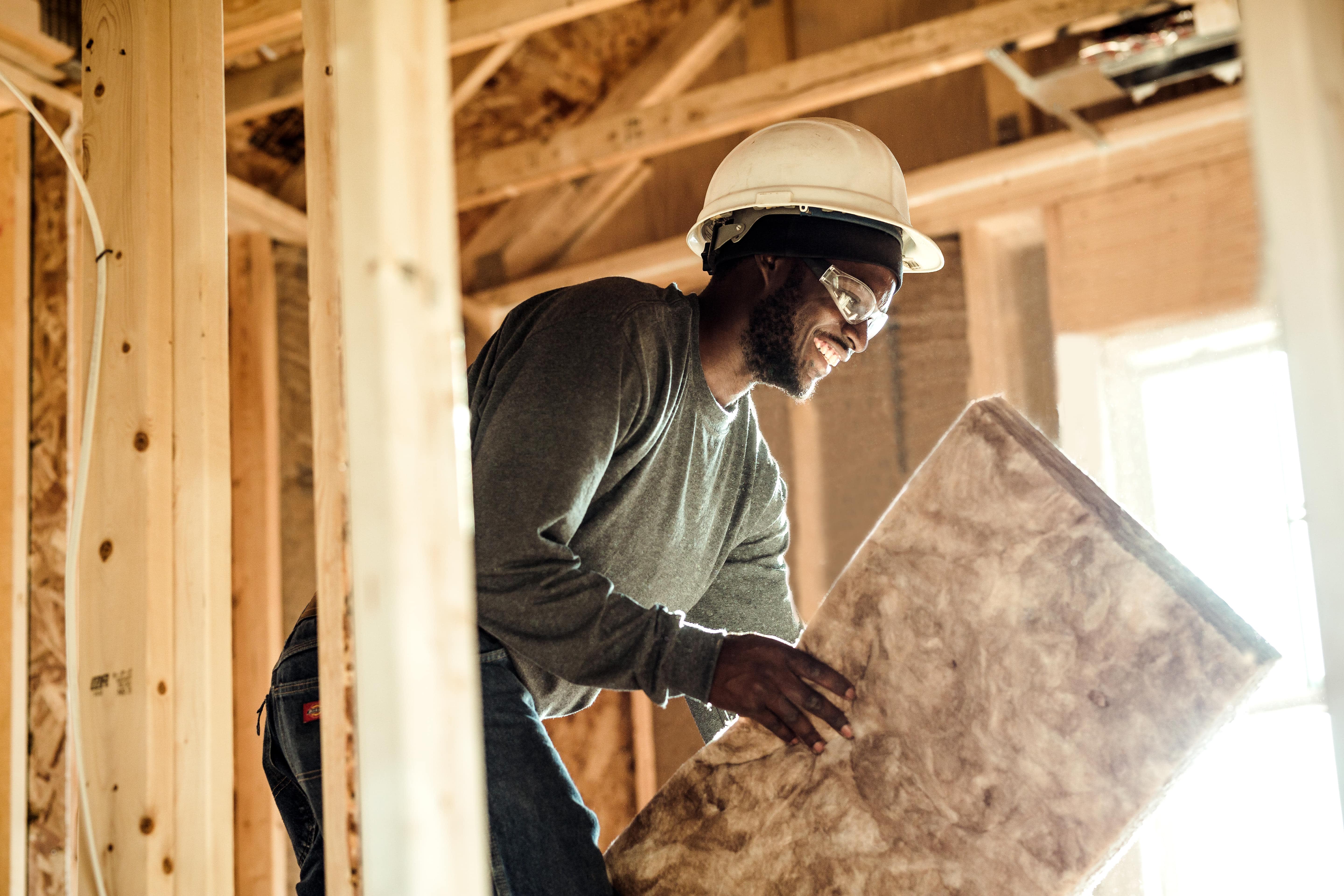Building Healthier Homes: The Critical Role of Indoor Air Quality in Home Construction

10/02/2024
It’s an honor to build the places where families grow and thrive. The more we can make all homes safe and comfortable for its inhabitants, the more effectively we can meet increasing demand for healthier homes. However, one of the most dangerous components of a home goes unseen and unheard: indoor air quality. According to the EPA, indoor air can be up to five times more polluted than outdoor air.
As a result, the World Health Organization reports that 3.8 million people per year die prematurely from illnesses attributable to household air pollution1. Indoor air quality (IAQ) is also a huge factor in missed work and school days. As an example, childhood asthma remains the leading cause of chronic disease-related school absenteeism, resulting in more than 10 million missed school days annually2.
With Americans estimated to spend 90 percent of their time indoors3 the risk to long-term health for both builders and homeowners is clear. It’s critical that we carefully select the products we use, with the long-term health of both residents and insulation installers in mind. There are ways we can help control issues such as childhood asthma and allergy triggers from the start of construction.
Healthier Products for Cleaner Air
The best way to improve indoor air quality and reduce asthma and allergy triggers in the homes we construct is to start with healthier building materials. Use products that have low levels of volatile organic compounds (VOCs). VOCs are found in building materials such as paints, solvents, insulation, and varnishes, and include a variety of chemicals, some of which may have short- and long-term adverse health effects. Lower levels of VOCs significantly reduce the risk of asthma and allergy triggers.
Additionally, choose products for your build that are CERTIFIED asthma & allergy friendly® to create healthier, higher performing spaces. Products that receive this esteemed level of certification undergo rigorous testing by Allergy Standards (ASL) and the Asthma and Allergy Foundation of America (AAFA), measuring both the physical and chemical properties of the insulation, as well as its impact on allergens.
Knauf’s Performance+™ portfolio of insulation products is CERTIFIED asthma & allergy friendly®, is formaldehyde-free, and boasts extremely low VOC emissions. The ASL certification process for insulation includes:
- Measuring the amount of dust and small fibers that are released into the air. The dust and fibers are agitated during this test to mimic a person walking around near the insulation.
- Monitoring VOC emissions released from the insulation over 14 days with a focus on the first 24 hours, when they are highest.
- Testing mold resistance by placing mold spores on insulation and maintaining high temperature and humidity for four weeks to see if the mold spreads.
- Detailed assessment of all the materials used to make the insulation and what concentration is present.
"By choosing certified Knauf products for their insulation needs, contractors and architects are playing an important role in contributing to a healthier indoor environment and contributing to the goal of healthy people living on a healthy planet," says Dr. John McKeon, CEO of Allergy Standards Ltd.
Building homes isn't just about creating structures; it's about crafting spaces where people live. The choices we make today resonate for years to come, impacting the well-being of countless families. Let's choose to build a better future.
References
2 National Library of Medicine
3 U.S. Environmental Protection Agency
